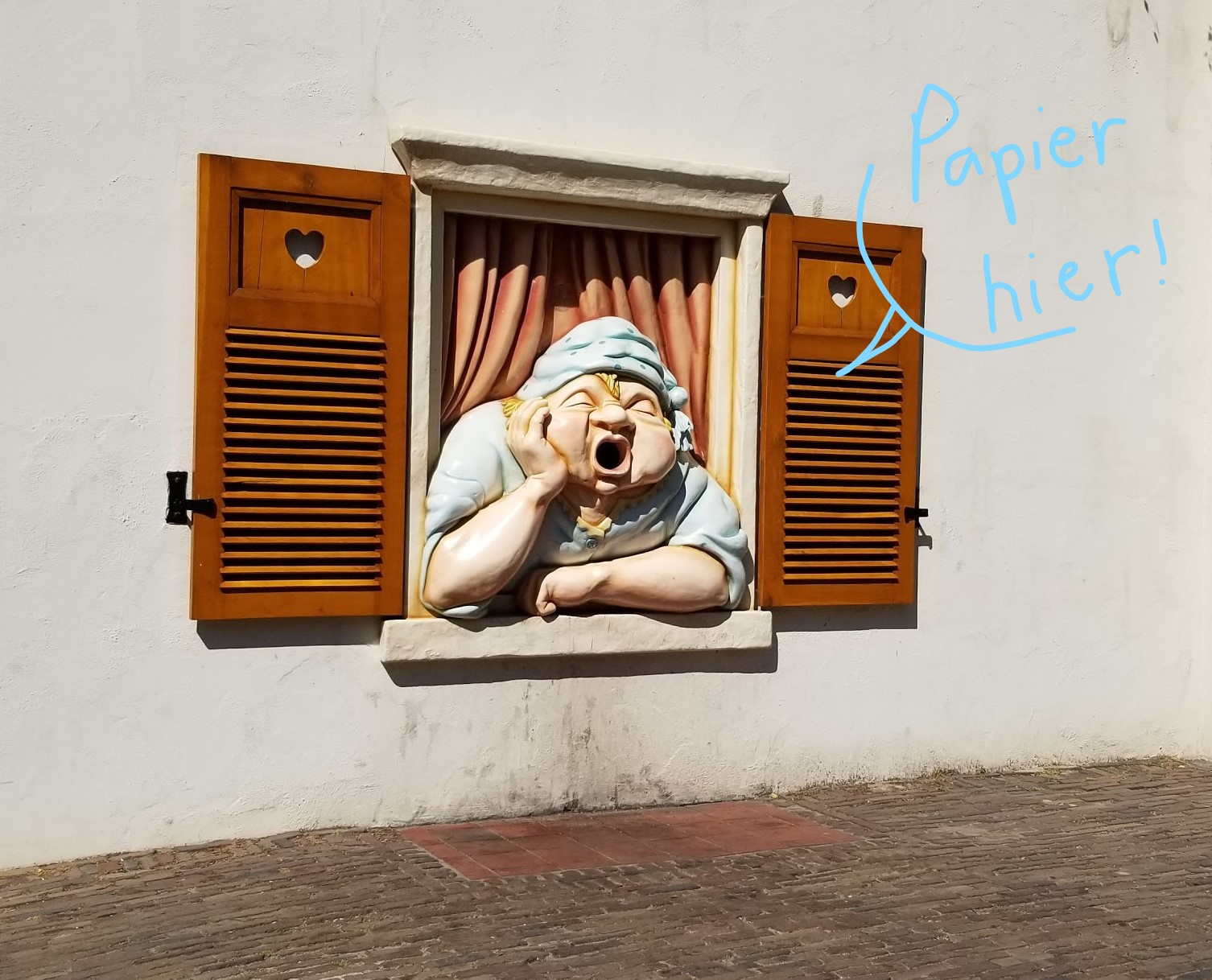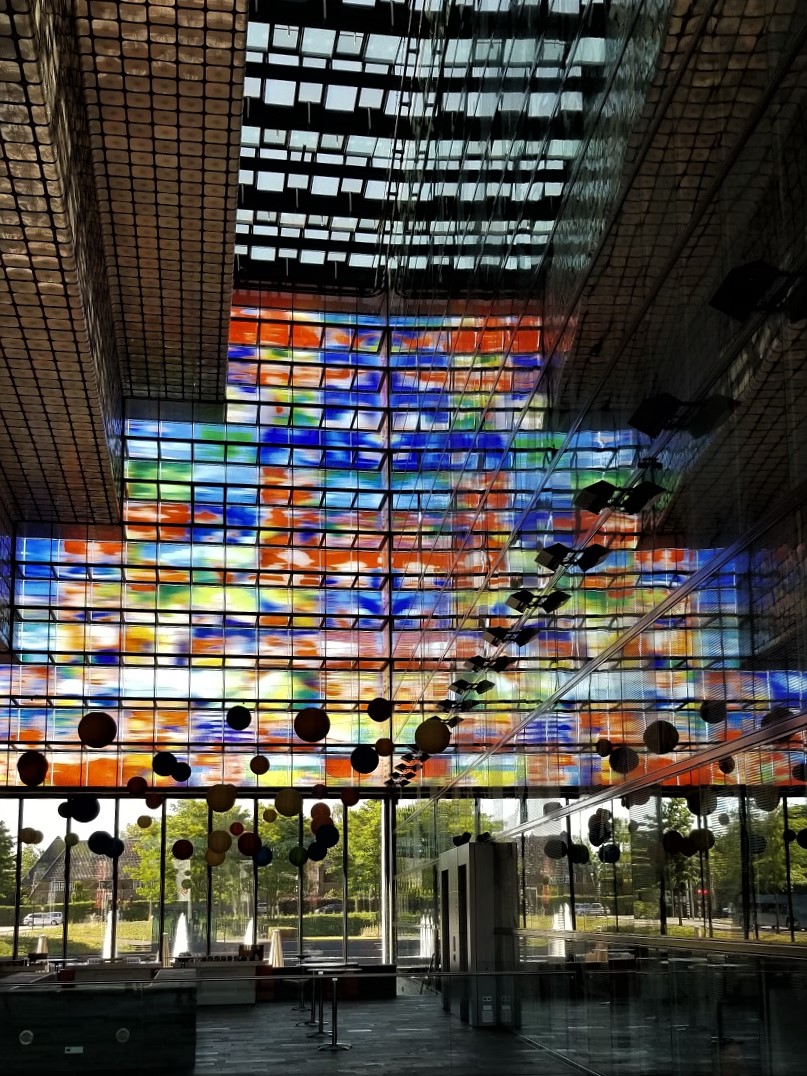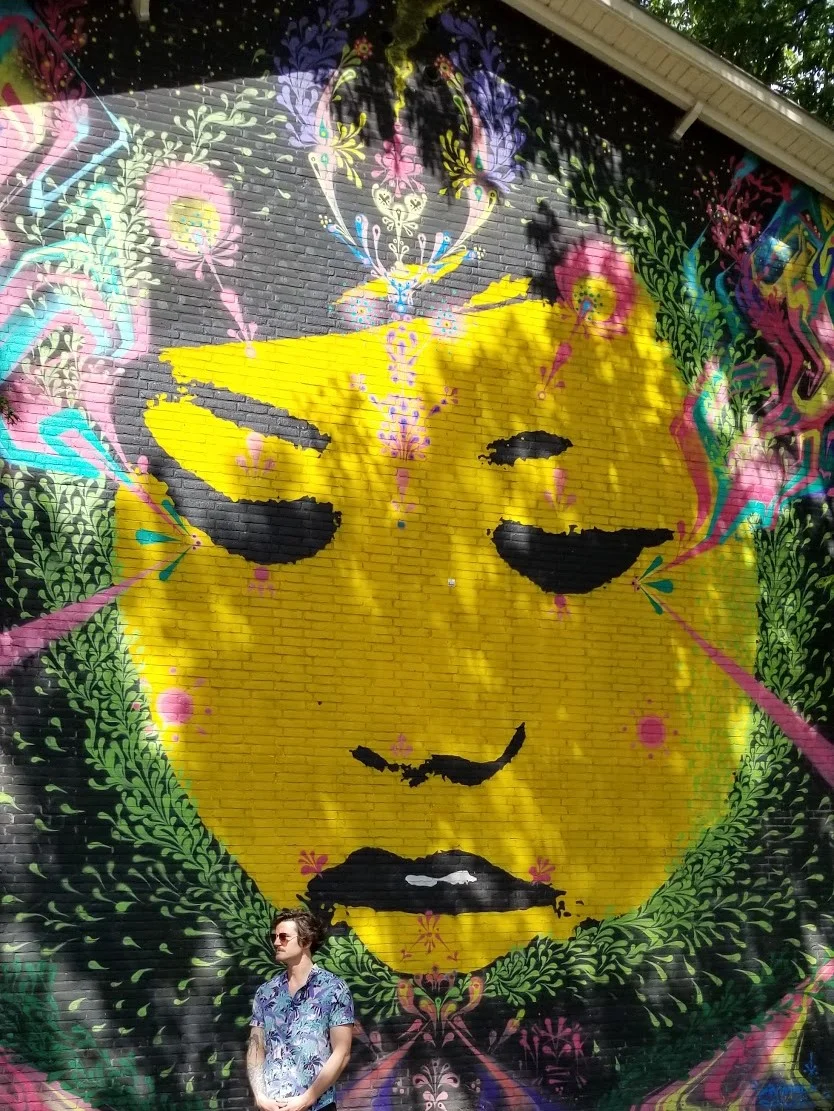Artifact Repository of Summer Reading tracker for Youth: COVID style
Scott Bahlmann
With distancing precautions in place, access to the library building is limited, and summer programming needs to be restructured. This project will evaluate, implement and support a transition to online tracking while considering the digital divide and ways to offer engagement to all members of the community.
Learning Outcomes
Five learning outcomes have been identified for this project:
Evaluation of Product offerings
Consider reading tracker capabilities, price, functions, and suitability for our community. Provide considerations and feedback to group decisions.
Conversations with staff resulting in a decision on which tracker to purchase.
2. Structure a Digital Summer Reading Program
With support from librarians, set up program details, registration fields, badges and missions. Consider digital equality and cultural diversity in program development.
Digital tracker with offline supplements available for June 15 launch.
3. Support Staff knowledge
Create a document summary for staff support and reference during tracker interactions.
PDF document
4. Adapt and maintain
Respond to concerns or issues found during the use of the reading tracker. We’ll likely have situations that weren’t planned for and will need continued support.
Continued evaluation of functions. Responsiveness to issues or concerns that arise.
5. Evaluate and recommend.
Consider the value of the chosen tracker, celebrate success and make recommendations for improvement next year.
Conversation with library staff.
Evaluation of Product Offerings:
Initial discussions with the Port Townsend Public Library for the transition to a distance program began on April 15th, one month after library closure to support distancing measures. I attended webinars and researched a range of online reading trackers, including Beanstack, Wandoo, ReadingRecord, ReaderZone and BookPoints. After making comparisons through Zoom conferencing, we decided ReadSquared would be the best fit, finding it to be a good middle ground in regards to options, interface and price. https://www.readsquared.com/
2. Structure of Digital Summer Program
I set up program and registration fields for the online programs, including updated images shared by the State Library.
Badge images for Kids missions were created with art by a local illustrator/author.
Trackers and Missions are also available in printed form to accommodate the digital divide (click the right edge to scroll through). They can be downloaded from the Summer Reading website, picked up through curbside printing services and postcards can be mailed to those who opt-in. Missions were designed to avoid a single cultural narrative in both the images and prompts.
3. Support Staff Knowledge
To help staff feel confident with the transition this summer, I created a reference document that provides an overview of the program, and a walk through of regular procedures.













































































